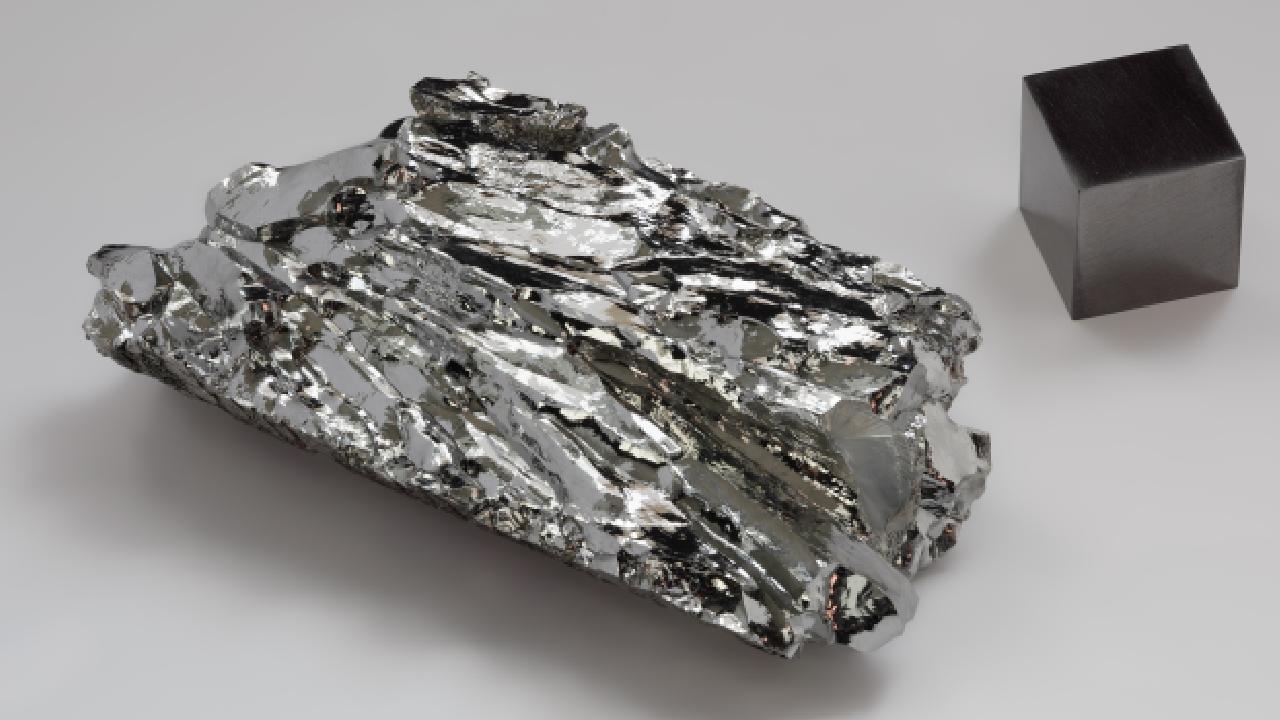
- November 24, 2024
- Blog
Molybdenum, often called “moly,” is a fascinating and highly versatile metal. Despite being lesser-known than metals like iron or aluminum, it plays a crucial role in various industries and even in our biological systems. Let’s dive deep into what molybdenum is, its unique properties, uses, and why it’s so important.
What is Molybdenum?
Molybdenum is a silvery-gray, lightweight metal known for its incredible strength and resistance to heat and corrosion. It is the 42nd element on the periodic table, with the chemical symbol Mo and an atomic number of 42. While molybdenum is not found in its pure form in nature, it is extracted from minerals such as molybdenite.
Its name comes from the Greek word “molybdos,” meaning lead, as molybdenum was often mistaken for lead ore in ancient times.
Properties of Molybdenum
- High Melting Point:
Molybdenum has one of the highest melting points among all elements (2,623°C or 4,753°F), making it ideal for high-temperature applications. - Strength and Toughness:
It adds durability to metals like steel, making them more resistant to wear and tear. - Corrosion Resistance:
Molybdenum withstands harsh environments, including exposure to chemicals and saltwater. - Lightweight:
Despite its strength, molybdenum is relatively lightweight, which is an advantage in engineering and aerospace industries. - Conductivity:
It is a good conductor of electricity, making it useful in electrical applications.
Uses of Molybdenum
Molybdenum’s unique properties make it indispensable in various industries. Here’s where it shines:
1. Strengthening Steel
Molybdenum is widely used to produce high-strength steel and alloys. Adding small amounts of molybdenum improves the metal’s toughness, heat resistance, and ability to withstand pressure. This makes it perfect for:
- Construction materials
- Oil and gas pipelines
- Industrial tools
2. Aerospace and Automotive Industries
Its ability to endure extreme temperatures makes molybdenum essential for:
- Aircraft engines
- Spacecraft components
- Car parts like turbochargers and catalytic converters
3. Electronics
Molybdenum is used in electrical contacts, transistors, and semiconductors due to its excellent conductivity and resistance to thermal expansion.
4. Energy Sector
- Nuclear Power: Molybdenum is used in components for nuclear reactors because it can withstand radiation and extreme conditions.
- Renewable Energy: It is increasingly used in solar panels and wind turbines.
5. Chemical Industry
Molybdenum is a critical catalyst in the chemical industry, helping speed up reactions in oil refining and other chemical processes.
6. Biological Role
Molybdenum is a trace element essential for life. It activates certain enzymes in plants, animals, and humans, helping with processes like:
- Breaking down toxins in the body
- Aiding nitrogen fixation in plants
7. Marine Applications
Its resistance to saltwater corrosion makes molybdenum ideal for marine equipment and shipbuilding.
How is Molybdenum Extracted?
Molybdenum is primarily obtained from molybdenite ore (MoS₂). Here’s a simplified version of the extraction process:
- Mining: Molybdenite is mined from the earth, often alongside copper.
- Concentration: The ore is crushed and processed to remove impurities.
- Roasting: The concentrated molybdenite is heated to form molybdenum oxide (MoO₃).
- Purification: Further refining converts the oxide into pure molybdenum metal.
Why is Molybdenum Important?
1. Economic Importance
Molybdenum supports critical industries like construction, energy, and transportation, driving economic growth.
2. Environmental Benefits
- Its use in renewable energy technologies helps combat climate change.
- Molybdenum-based alloys are recyclable, reducing environmental waste.
3. Health Benefits
Although required in tiny amounts, molybdenum is vital for human and plant health. For humans, it supports enzyme functions, while in plants, it aids in nutrient absorption.
Fun Facts About Molybdenum
- Molybdenum was initially mistaken for lead and graphite before being identified as a separate element in 1778.
- It’s 25 times rarer than iron, yet its impact on industry and technology is immense.
- In biological systems, enzymes containing molybdenum help break down harmful sulfites in food.
Conclusion
Molybdenum may not be a household name, but its role in modern life is irreplaceable. From strengthening steel and powering spacecraft to supporting life processes in plants and animals, molybdenum truly is a “hidden hero” of the periodic table. Its combination of strength, heat resistance, and versatility ensures that molybdenum will continue to play a vital role in advancing technology and sustainability.
So, the next time you marvel at skyscrapers, jet engines, or even your smartphone, remember that molybdenum is one of the key players making it all possible!